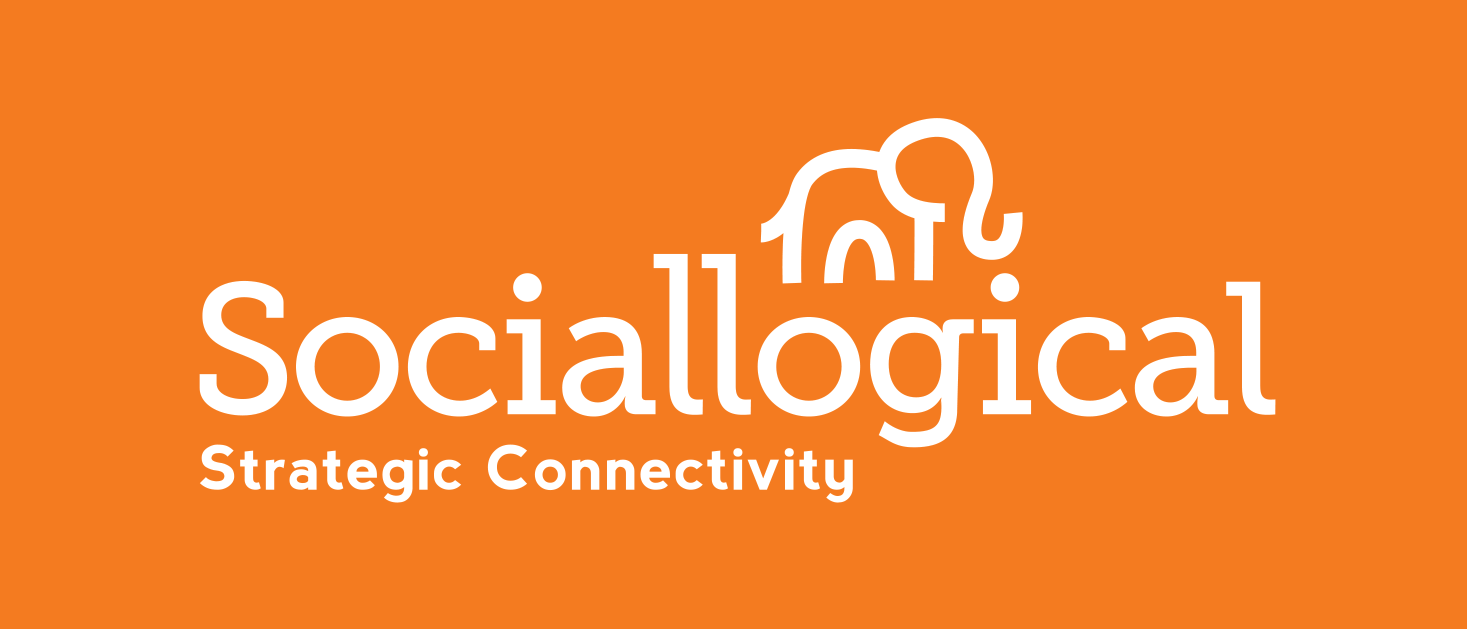"Did you see that article I posted yesterday?" No, I didn't. If I had visited your account yesterday I would have seen it but I did not. Sorry.
You share great stuff don't you? You share things that you know certain clients or friends would love. But they don't show up to comment, like and share it very often and it gets a little frustrating, doesn't it?
That's because there are methods of reaching people and each social channel has a best way to do it. The problem is that people aren't looking for that best way because they are trying so hard to broadcast instead of connect with people.
The social web is noisy. There are more than 2.73 million blog posts written and published daily, most of which get pushed out to one or more social platforms. The average Facebook user has 338 friends and, if Facebook didn't filter what you see, there would be more than 1500 stories in your news feed every single day. Crazy huh? Not as crazy as this: there are 350,000 tweets sent every minute!
Every social network has it's ideal way of reaching an audience
So you posted your story to your Twitter, Instagram, Facebook, Linkedin, and maybe even Google+ accounts. But the great social soap box isn't so. For businesses using social media, the most important message is: target, target, target.
The best way to organically reach an audience on Facebook is to share your story in a way that creates discussion. If people don't talk about it, very few will see it. The second best way: pay for it (well, maybe that's the first). And if you pay for it, target your audience as specifically as possible - not to all those you want to see it but to those you hope will care about it. If they care about it, they're more likely to share it.
When people are using Linkedin they are generally in work-mode. They are looking for work-related content, people, ideas and, hopefully, relationships that can help them do their jobs. Groups are where the great value is when it comes to finding and sharing content with people you want to reach. Groups are basically like pre-prepared target segments and if you aren't posting your content to one or more groups, the likelihood of reaching people is low.
Twitter and Instagram, the high volume, low dialogue channels rely heavily on hashtags to make these channels meaningful to users. No hashtags usually means limited or no audience. It's true that a lot of people simply look through their streams at what the people they are following are posting periodically, and for reaching those people, time of day of the week that you share really matters.
But for to reach those following more than a small close group of friends, including hashtags is the necessary component and, at least on Instagram, there is almost no limit to the number of hashtags that is acceptable.
(a little story: last week we posted a little photo to Instagram to lift people's spirits as they head back to work after holidays and recieved 85 likes in 2 seconds! No kidding. Without hashtags this would never have happened)
Communities and Collections, much like Linkedin's Groups, are where you need to post content to keep it from being lost in the "stream" on Google+. Think of Collections like Pinterest's Boards. And while Google+ doesn't force you to choose a collection to post to when you share the way Pinterest does, you probably should. Posting to the public Google+ stream means it can get lost in the noise of the channel, just like the Facebook news feed.
Google+ Communities, on the other hand, are places of shared interest, like Linkedin Groups, and Google+ has become known as the social network focused on interests. Those who erroneously predicted the demise of Google+ in recent years missed the stats on the huge numbers of people who could be found actively engaged in Communities around these shared interests (as one commentator put it, "All publications in communities are private, but they are the most vibrating zone of Google+"). If you want to reach people on Google+, share to Collections and Communities.
While the new Google+ released in November 2015 is likely to result in a lot more content being fed from Google apps like Photos, Maps, Drive and more (especially from mobile devices), Google+ is still the second largest social network and likely to see another surge in growth again with the major new upgrade. If you want to know more, Martin Shervington presents an excellent low-down on the new release.
As I've said for years, go to where your people are rather than trying to bring them over to where you are. Hopefully these simple tips on a few of the major social platforms will help you to do that.
Have any of these methods worked well for you?









